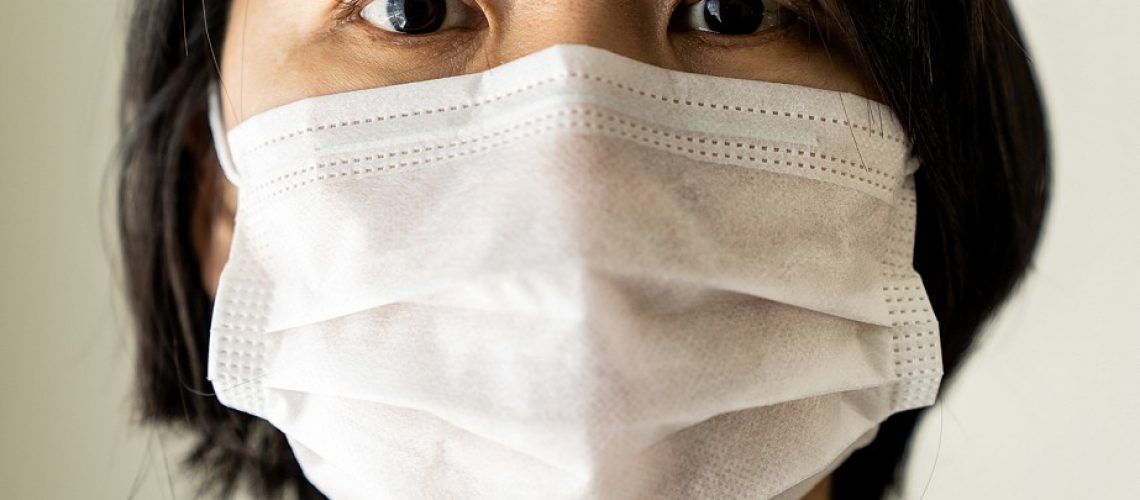A federal court last week rejected arguments put forward by the American Hospital Association (AHA) and other hospital groups alleging that the Centers for Medicare & Medicaid Services (CMS) Transparency Rule goes beyond the government’s authority. Specifically, the AHA thought the U.S. Department of Health and Human Services (HHS) was overstepping its authority with the requirement that hospitals publish the rates they have negotiated with commercial payors.
Under this administration, HHS has lost a string of challenges to its rules, precisely because the courts have decided that HHS lacked statutory authority. The administration has also tended to lose some of these cases because they didn’t go through a proper notice-and-comment rulemaking process. Cases that HHS has lost for these reasons include: attempted cuts to the 340B program; HHS’s site-neutral reimbursement policy; Azar v. Alina, on Medicare reimbursement calculations; state Medicaid work requirements; and the Conscience Rule.
Given HHS’s batting record, it was somewhat of a surprise when the court ruled that HHS had not overstepped its authority with the Transparency Rule. AHA has said that it will appeal, so maybe the game is not over yet.
The administration derives its authority for the Transparency Rule from language in the Patient Protection and Affordable Care Act (PPACA) – and in related news, the administration asked the Supreme Court last Thursday to overturn that Act. Eighteen states are arguing that when Congress zeroed out the tax penalty for not buying insurance in their 2017 tax law, Congress had in essence made the entire PPACA unconstitutional.
The Supreme Court is expected to hear oral arguments on the case this fall.
On the same day that the administration brought the repeal case in front of the Supreme Court, HHS reported that an extra half a million people signed up for the PPACA exchanges this year, after losing healthcare coverage from their employers during the pandemic; that’s an increase of 46 percent from the same time last year.
One last story that we’ll classify under “write your congressperson.” On Monitor Mondays, we’ve talked a lot about the waivers and regulatory flexibility that have come out of CMS and HHS during this national emergency, including for telehealth and other billing issues. Those emergency orders, however, only last as long as the national public health emergency, and that ends on July 25 unless something is done to continue it.
Last week, the AHA asked the administration for an extension to the national public health emergency beyond its July end date, arguing that the waivers and regulatory flexibility are needed for as long as the pandemic continues.
At the same time the AHA requested to extend the emergency period, however, the LA Times reported that the president is thinking of ending the emergency period even earlier than its July expiration. HHS, for its part, denies the report, and says that the department is indeed making plans to extend the emergency period. Keep an eye on that story.
Ultimately, HHS can make those emergency waivers, regulatory flexibility, and enforcement discretions permanent through rulemaking. For instance, last week CMS proposed a home health payments rule that would make permanent certain telehealth exceptions made during the public health emergency.
But rulemaking takes time, and this pandemic is still acting like a public health emergency.
——————————————————
Photo courtesy of: RAC Monitor
Originally Published On: RAC Monitor
Follow Medical Coding Pro on Twitter: www.Twitter.com/CodingPro1
Like Us On Facebook: www.Facebook.com/MedicalCodingPro







